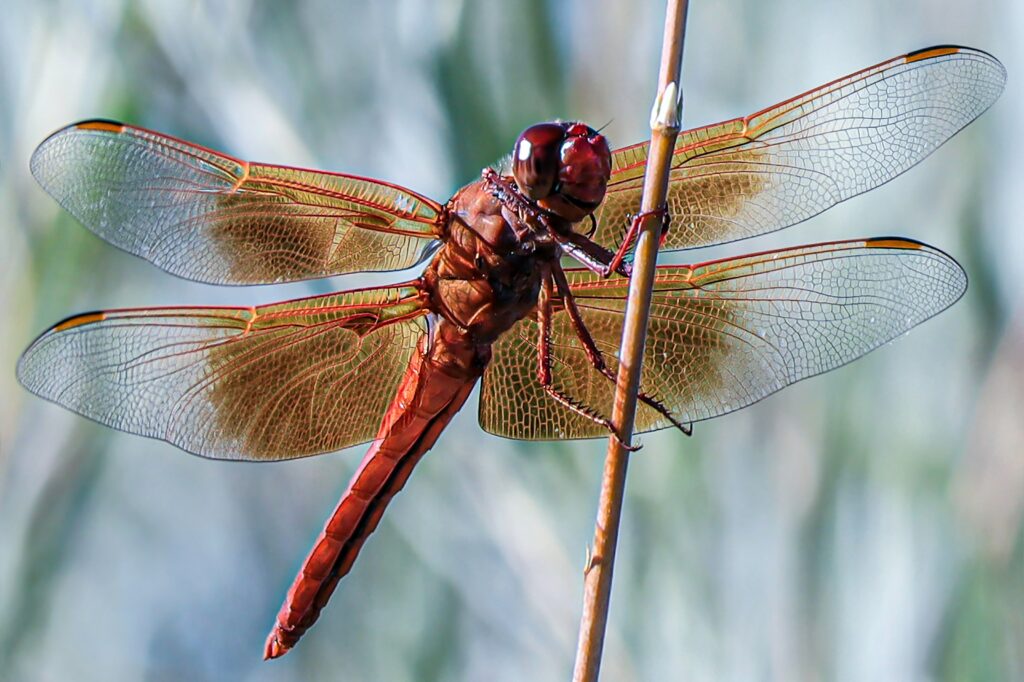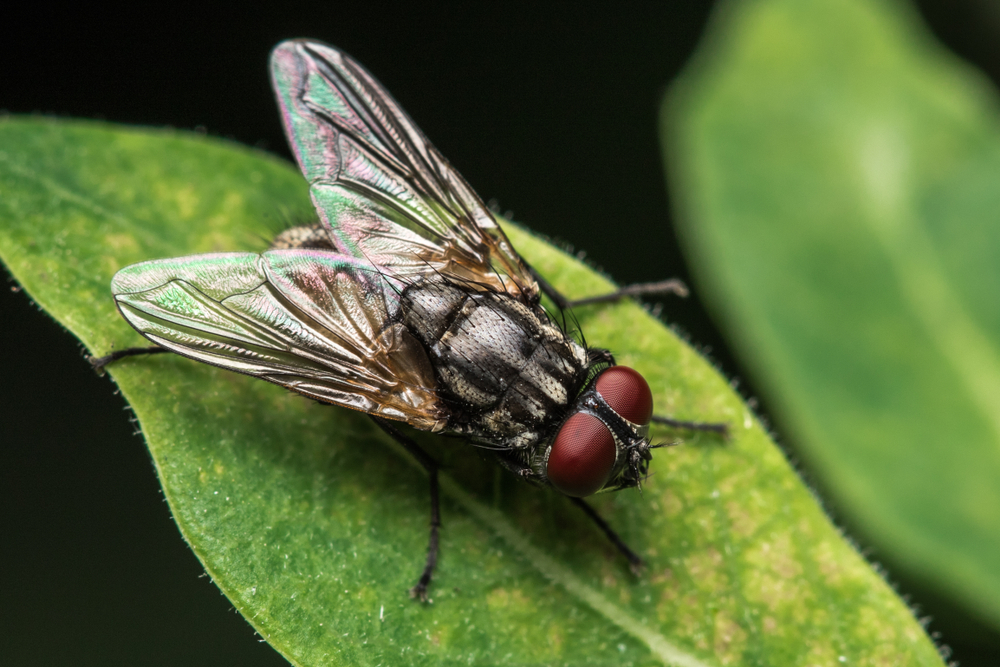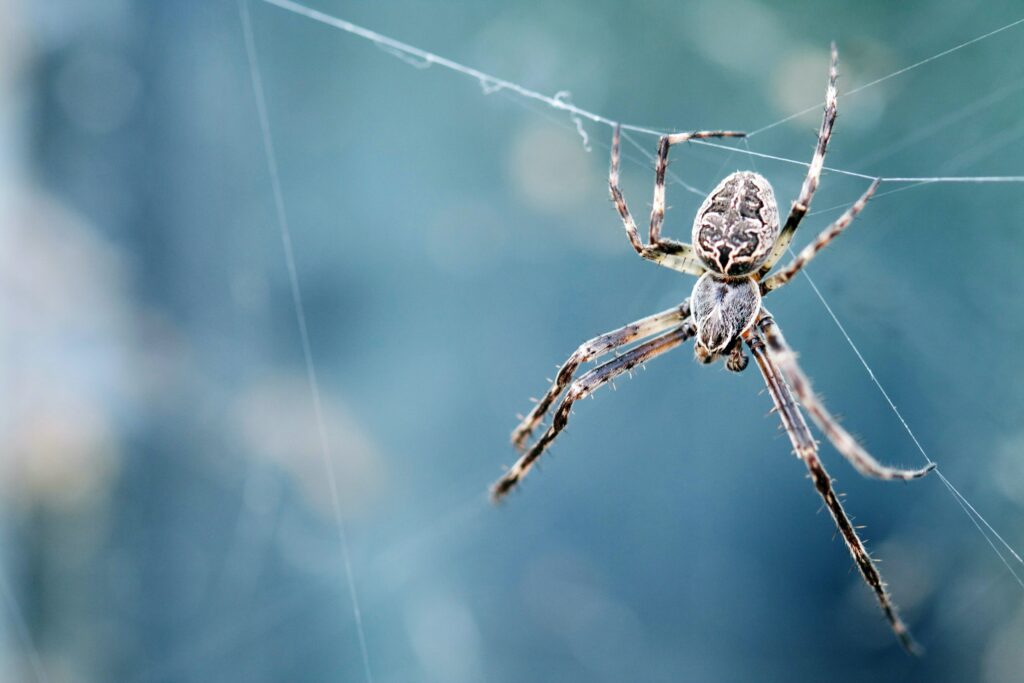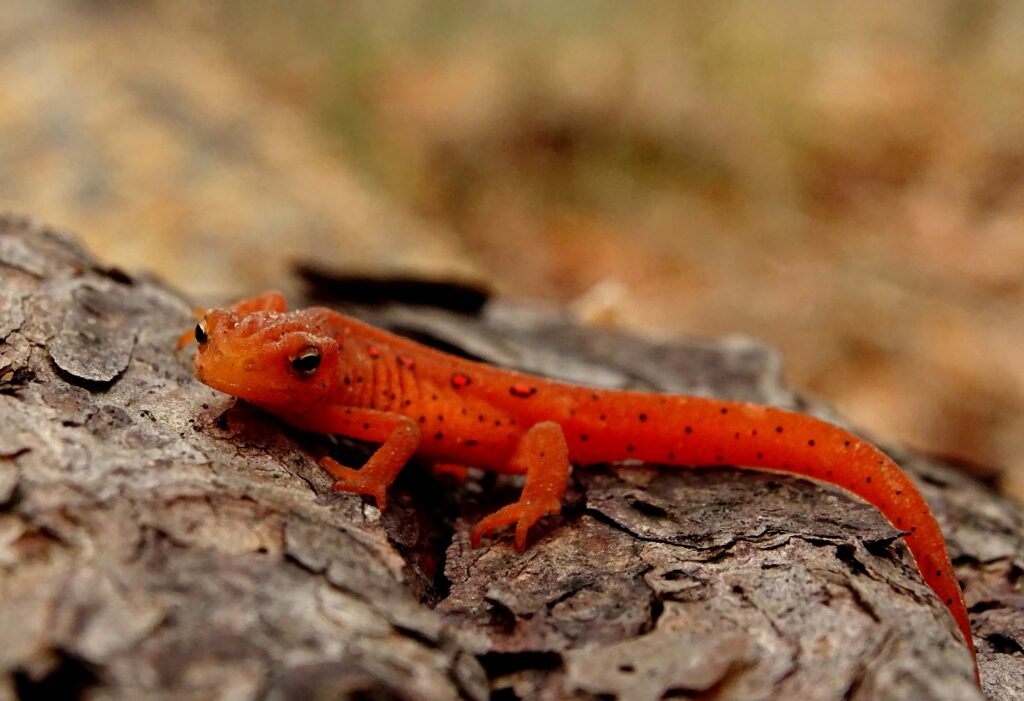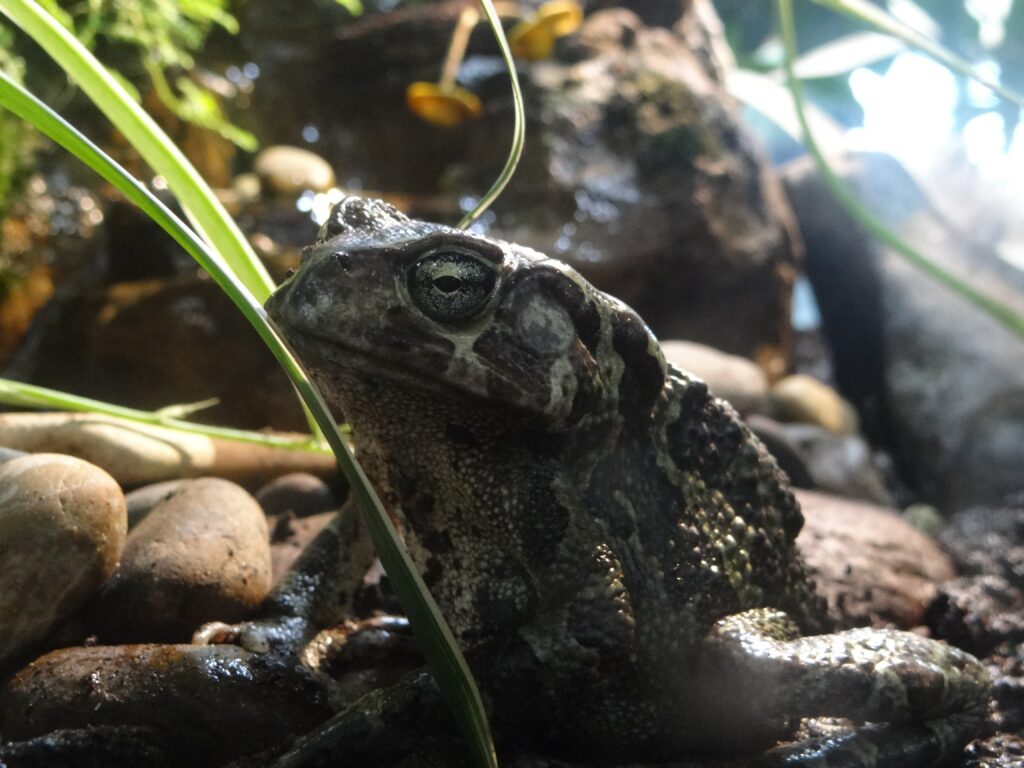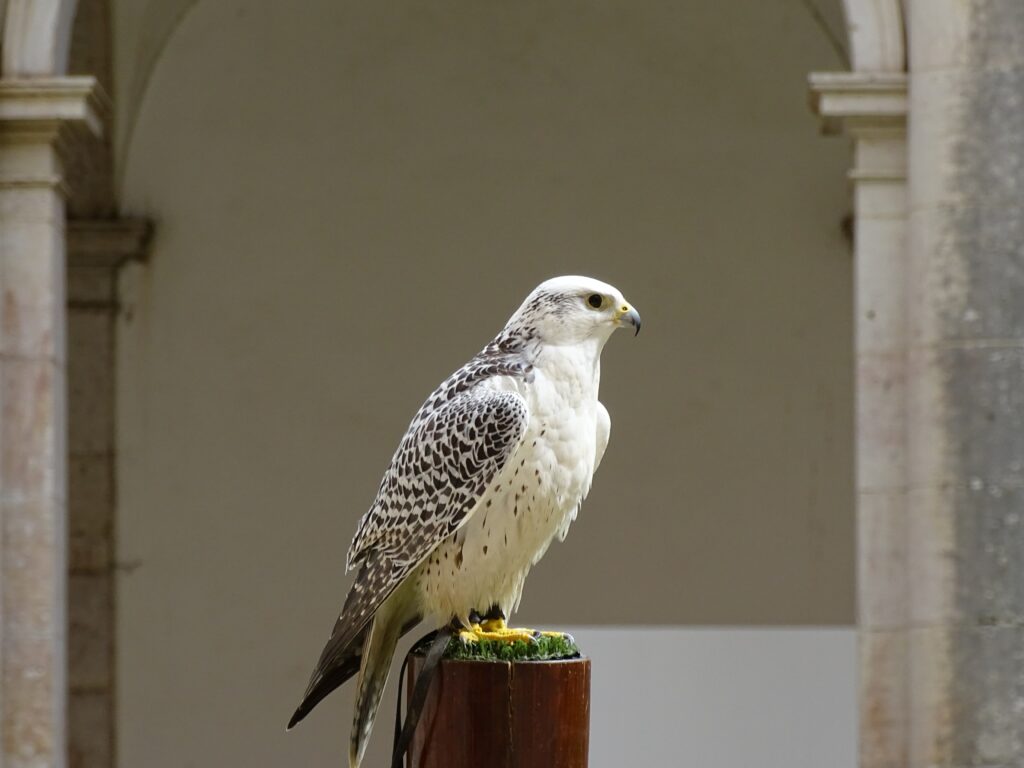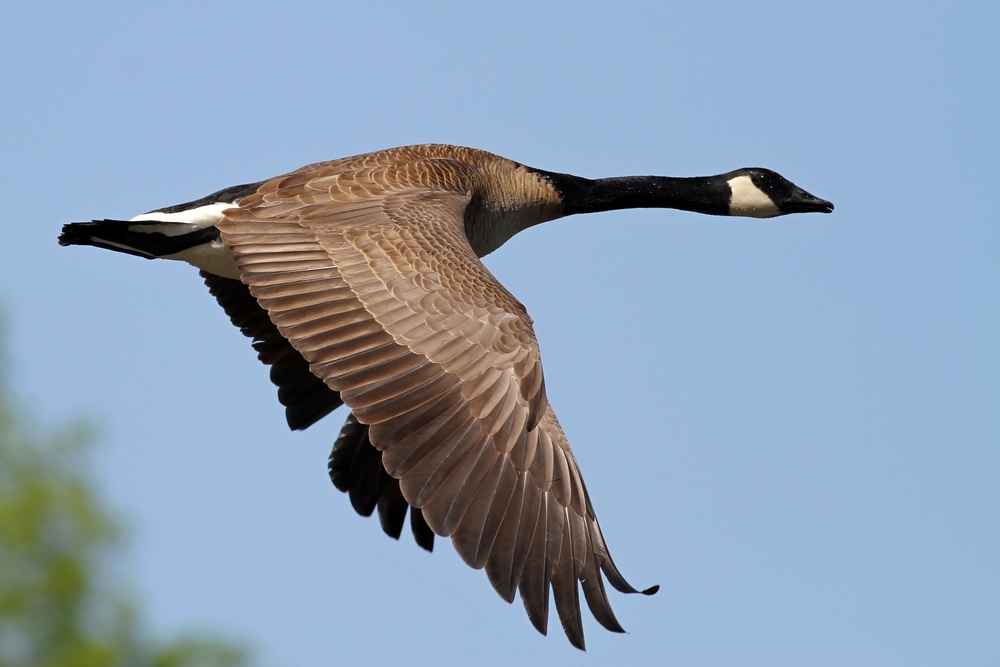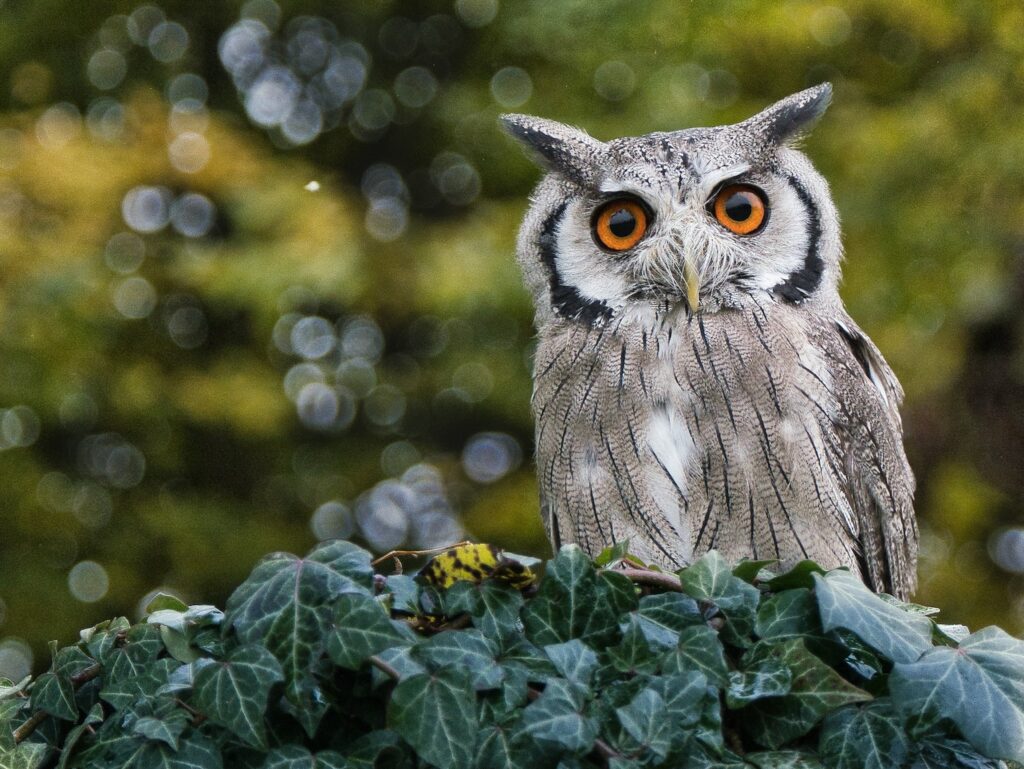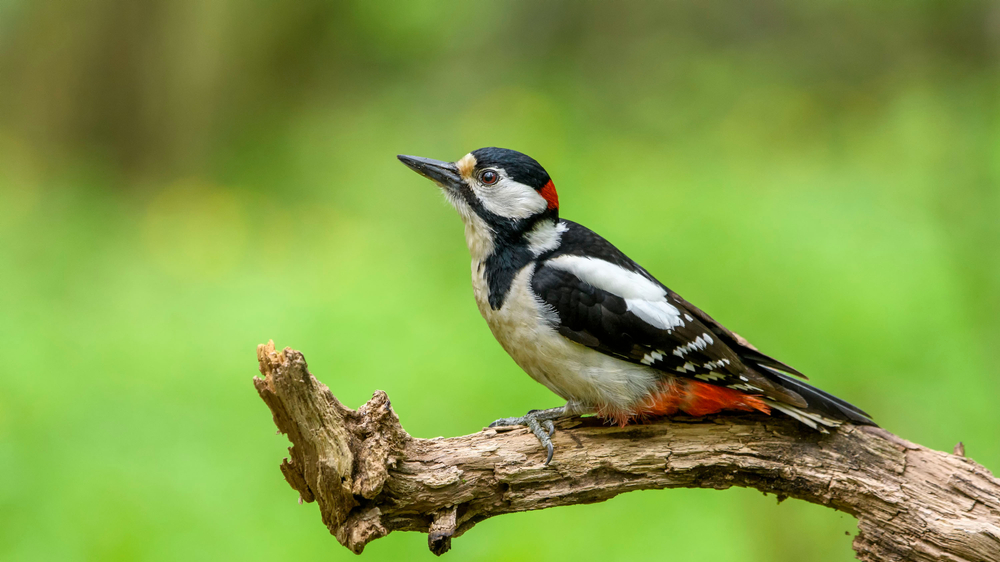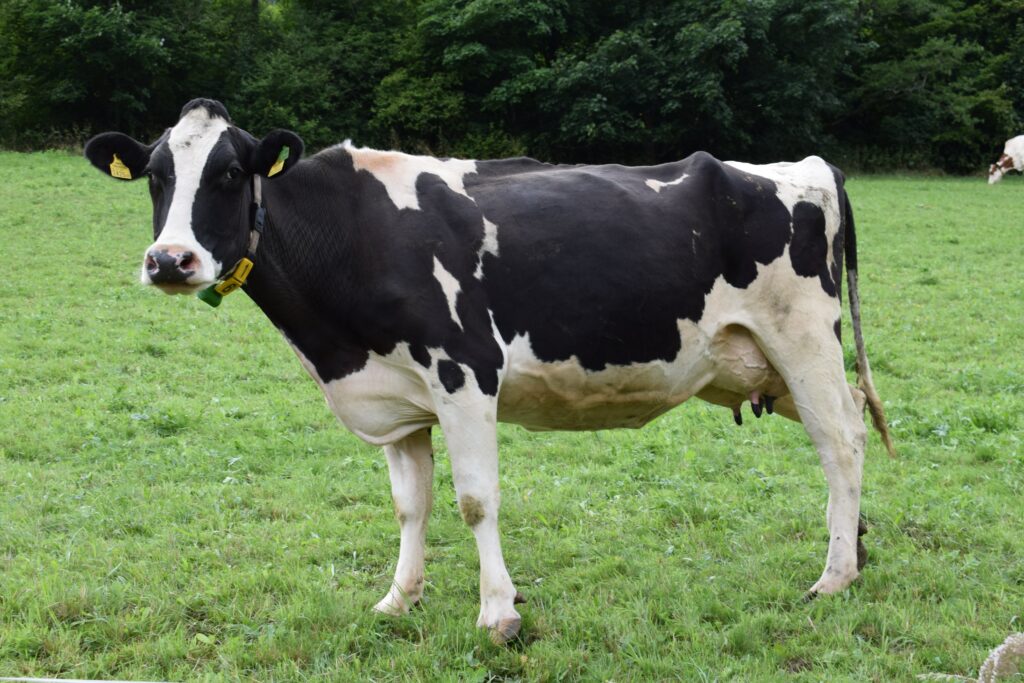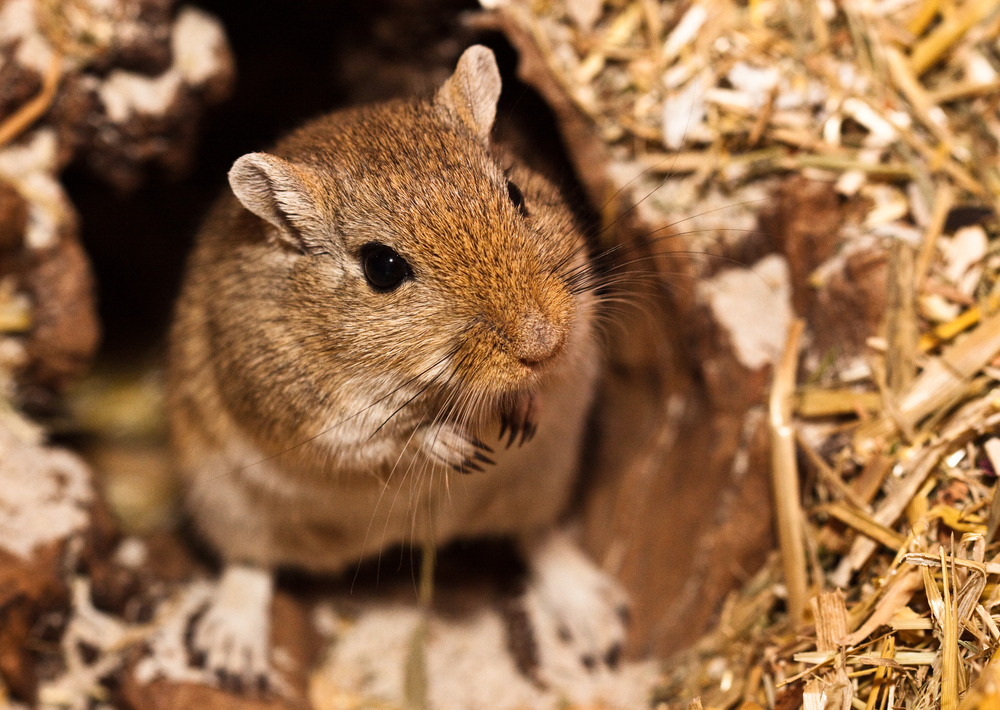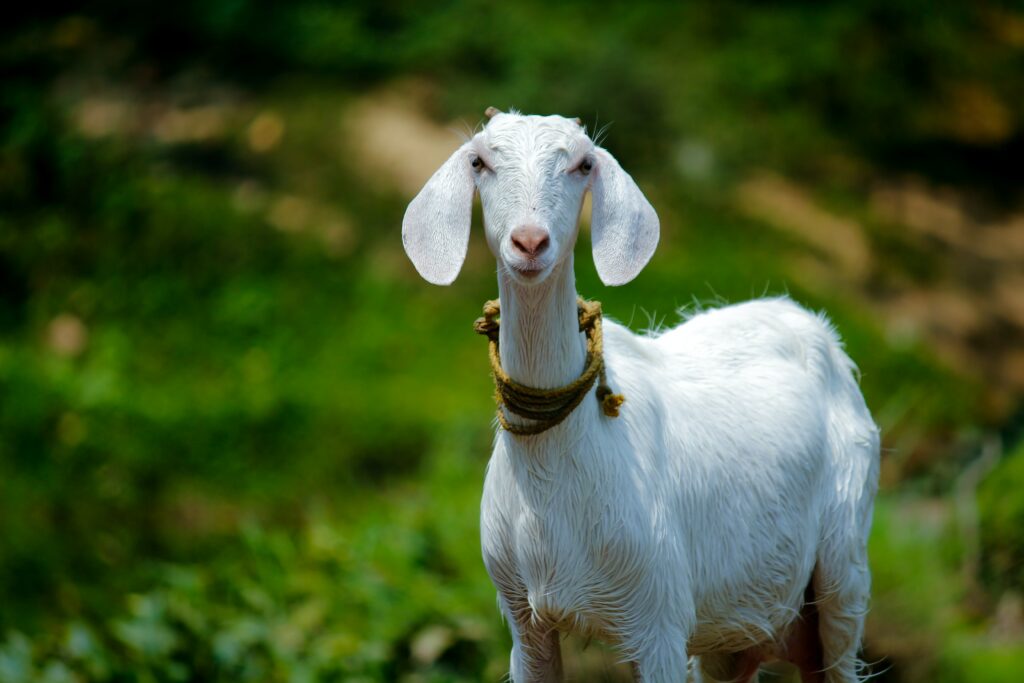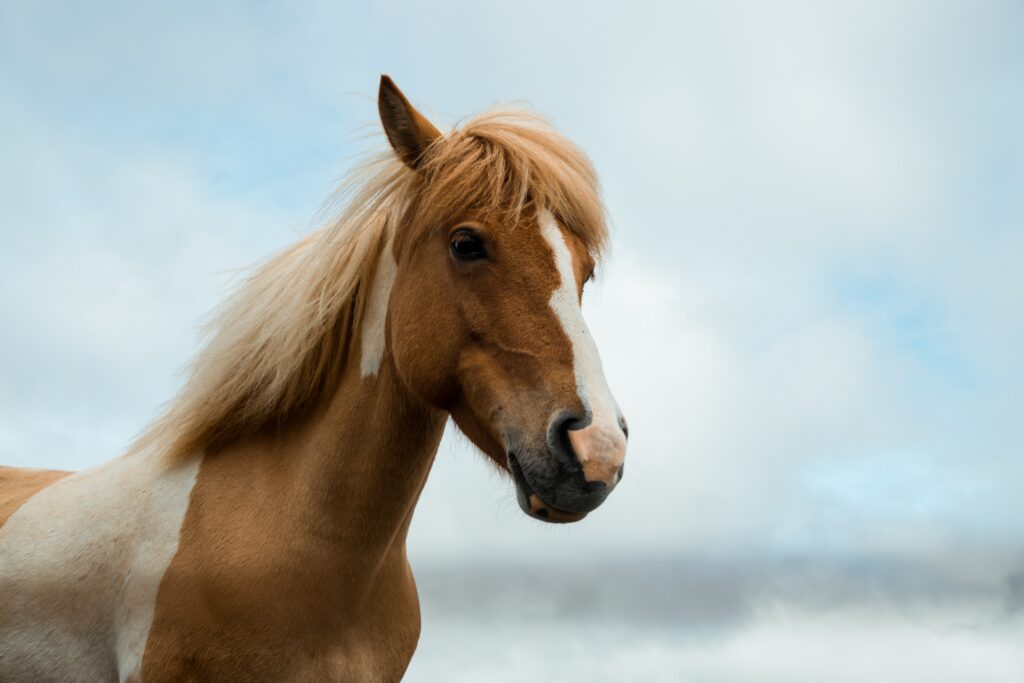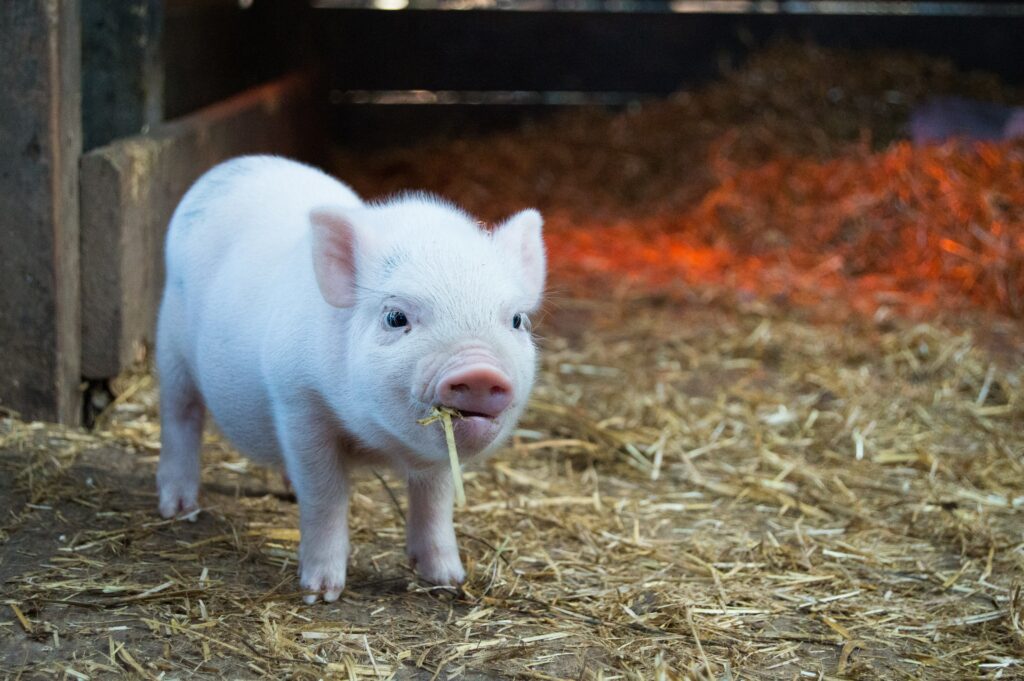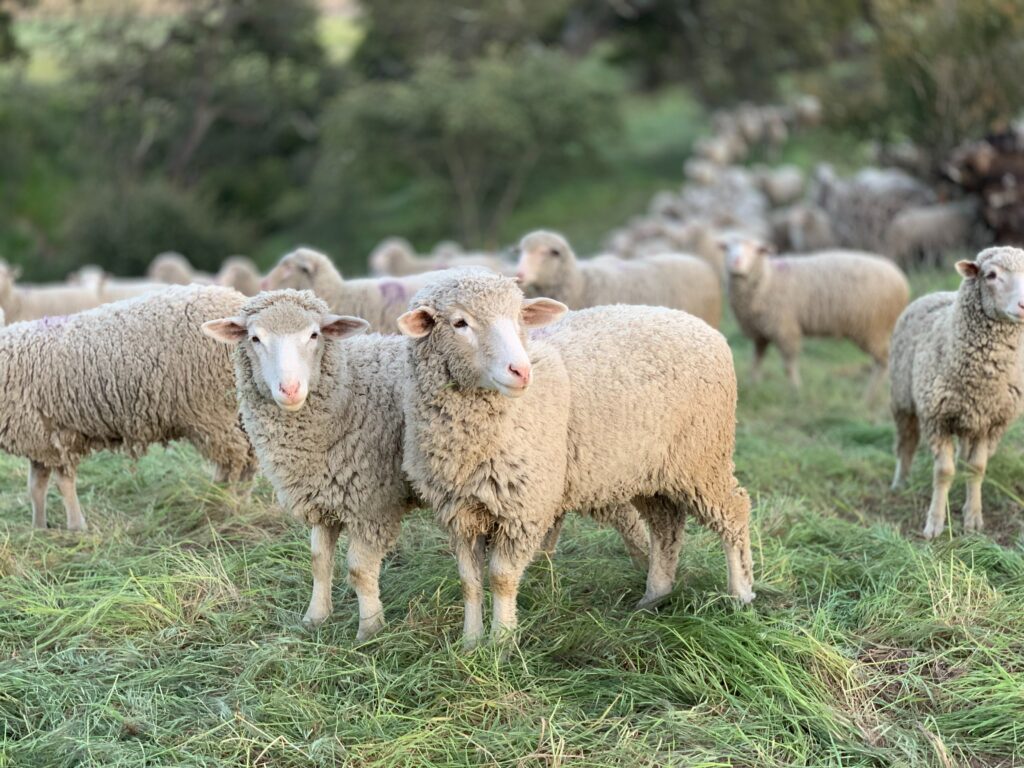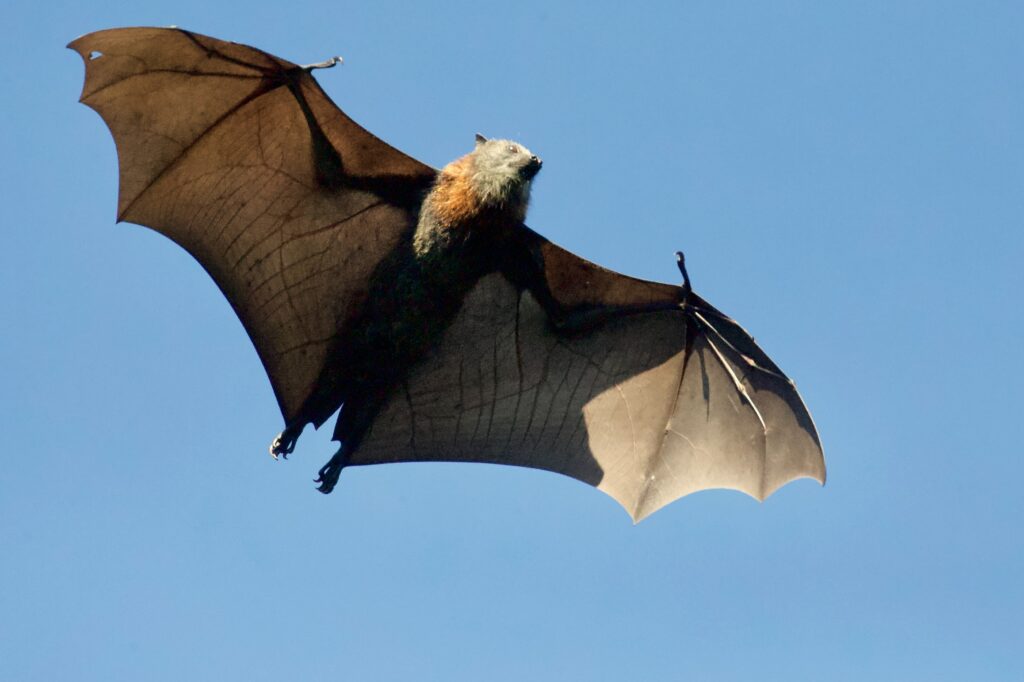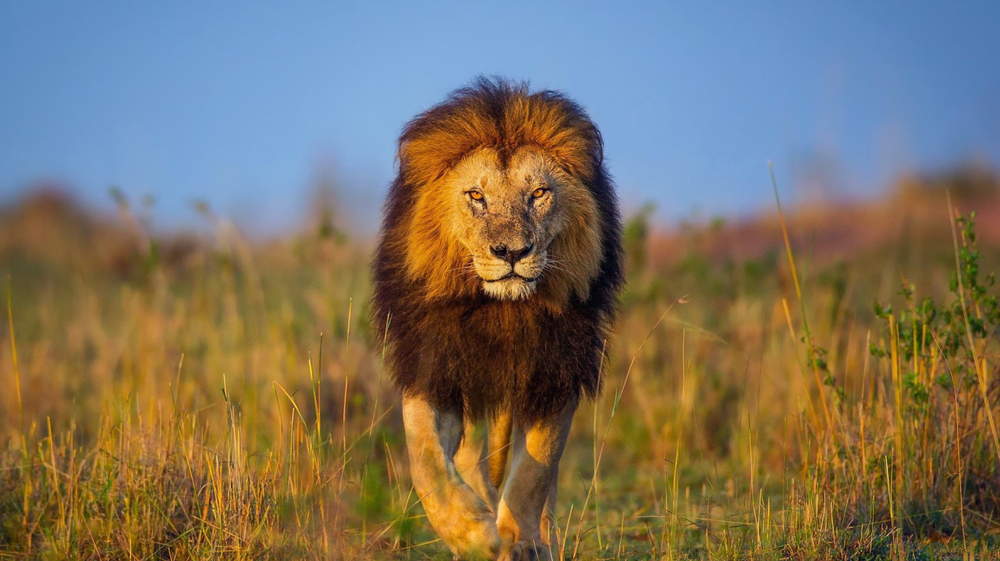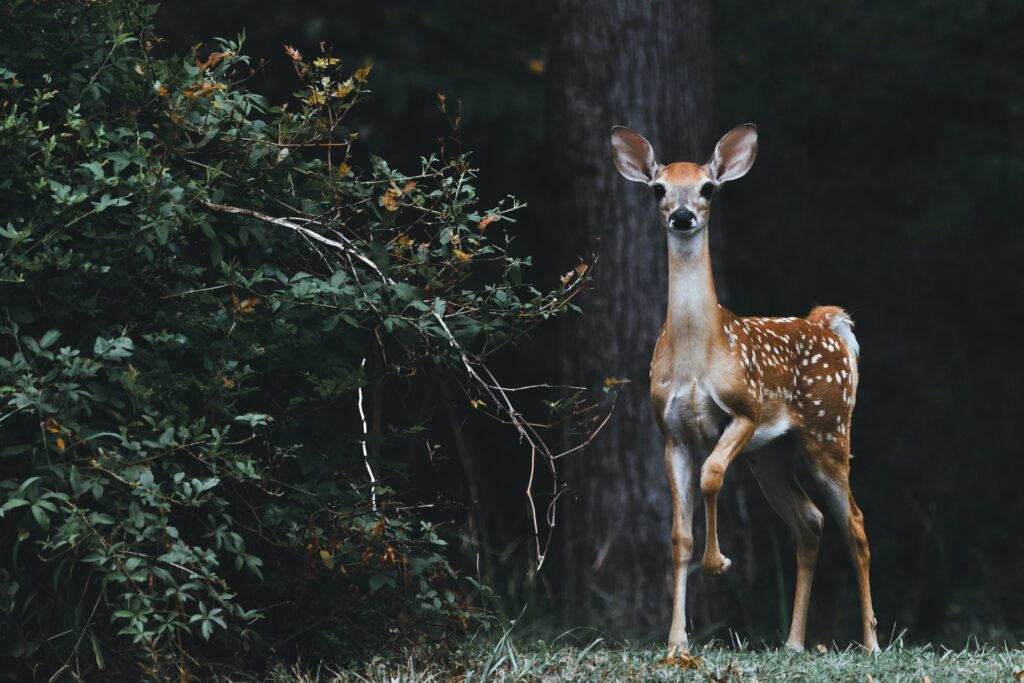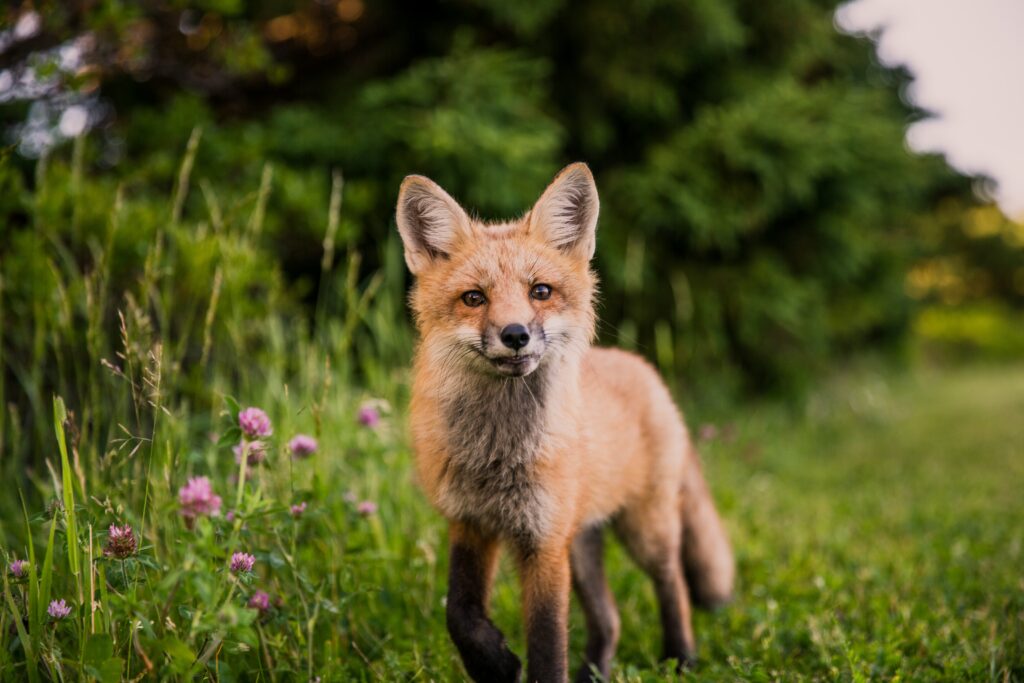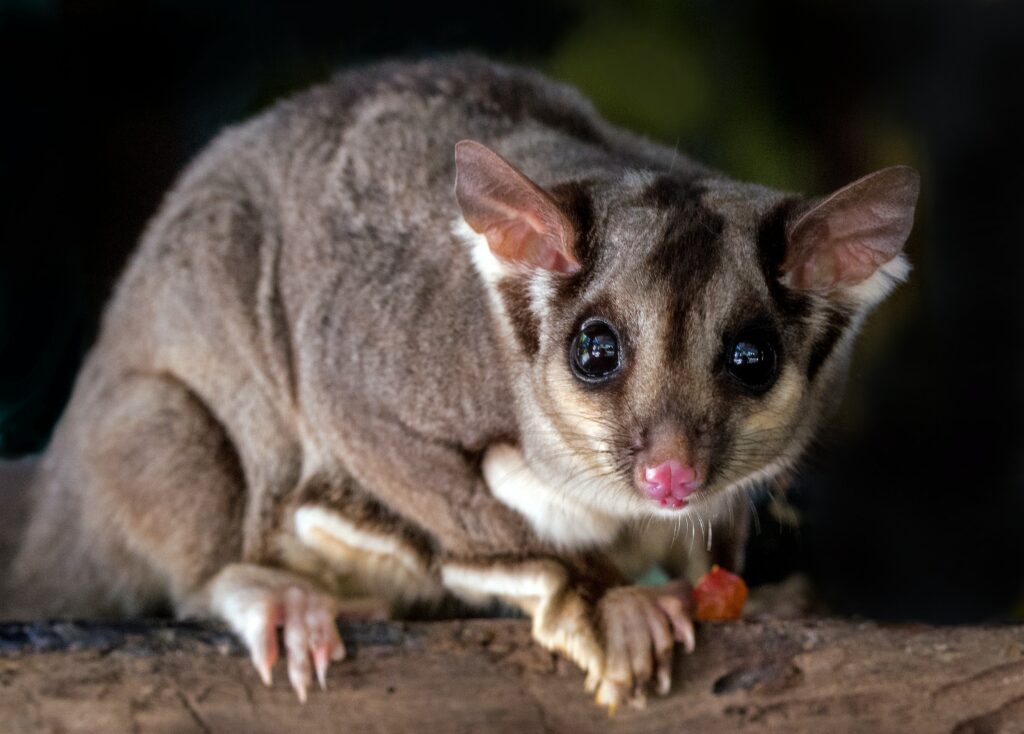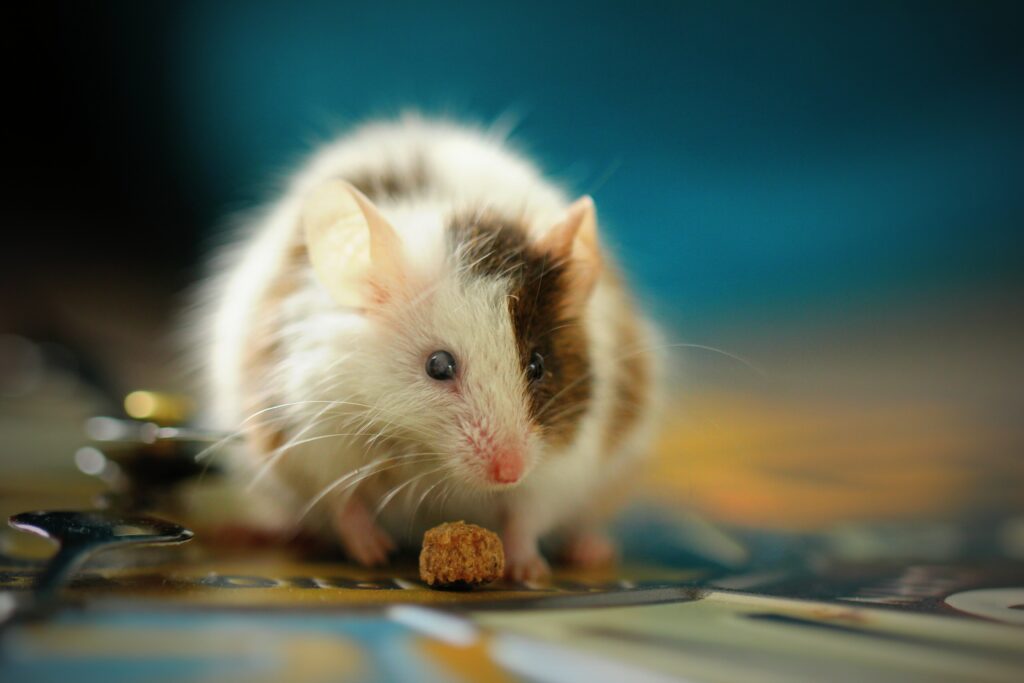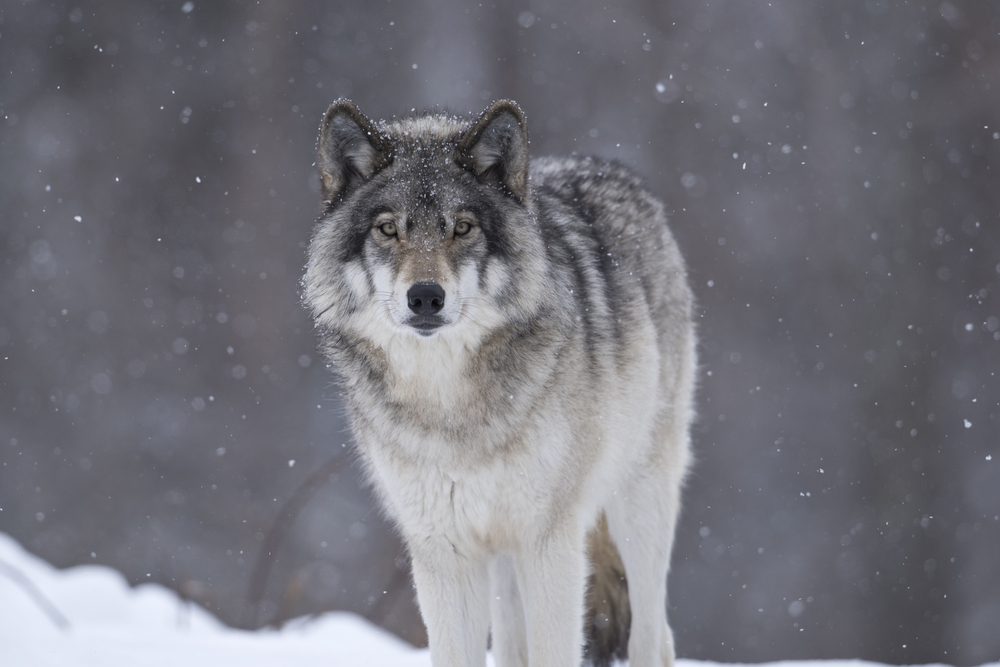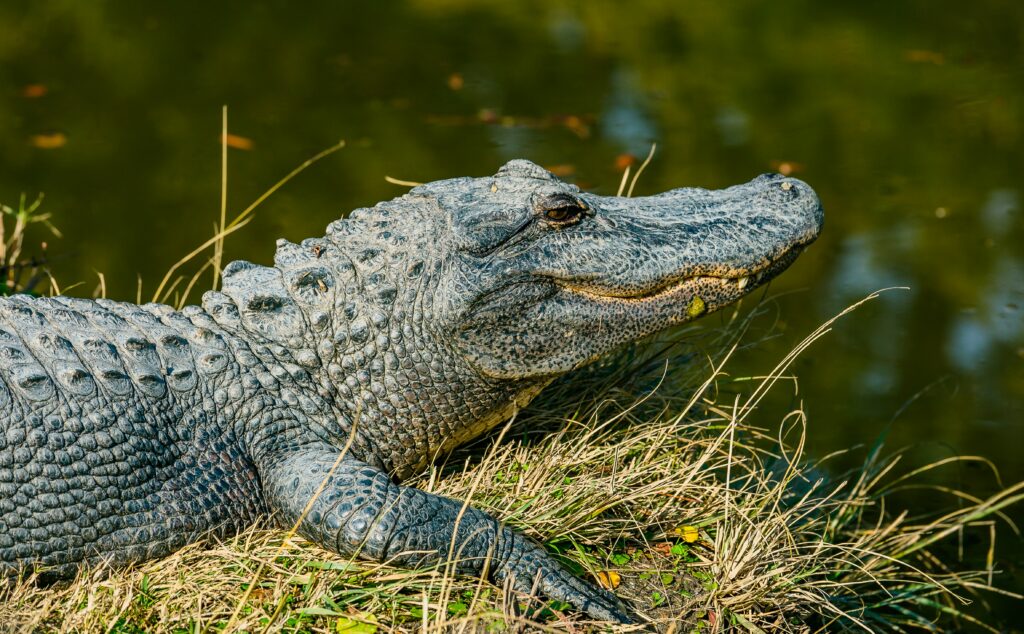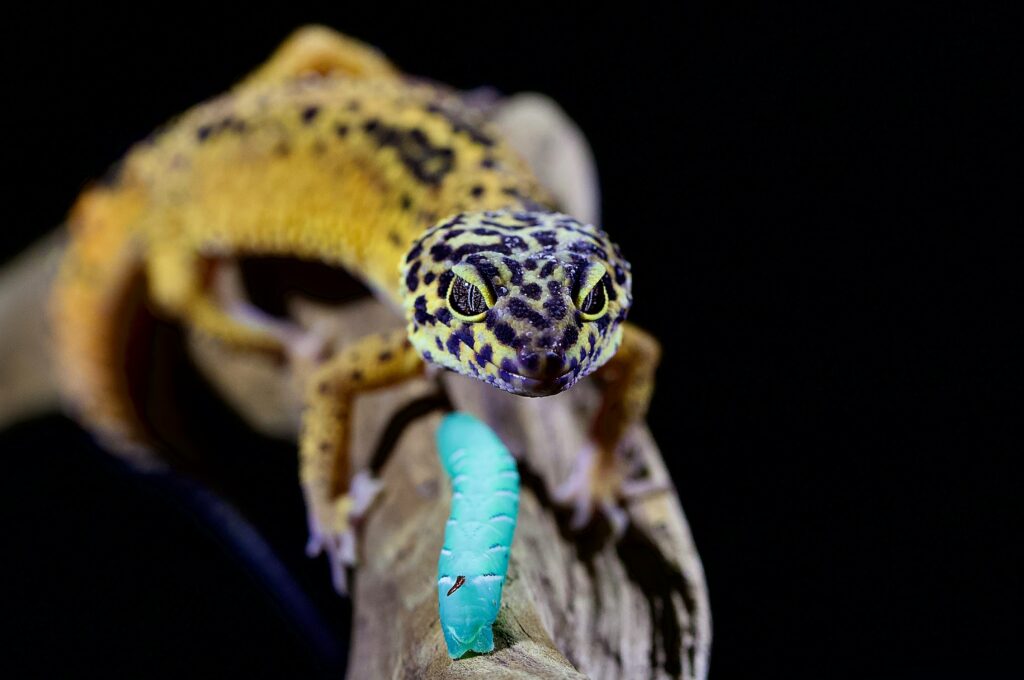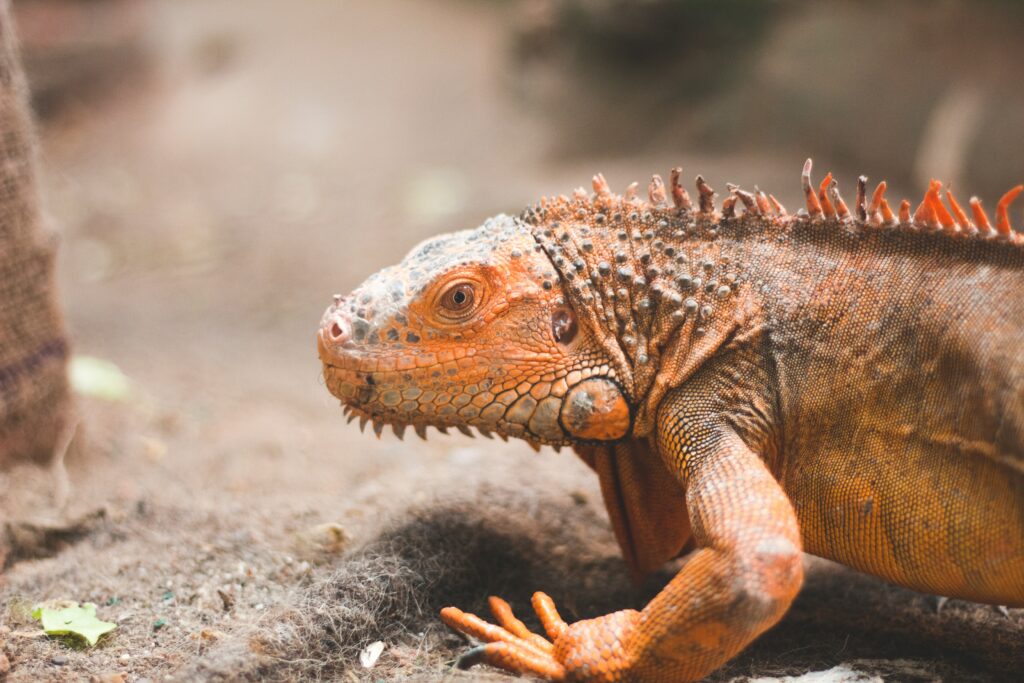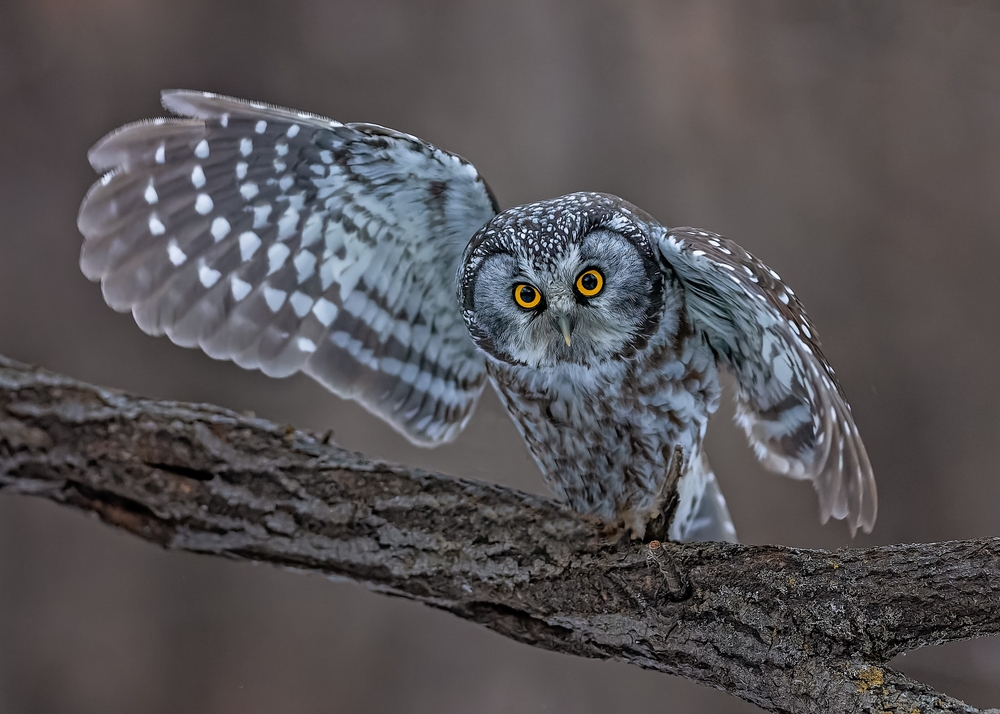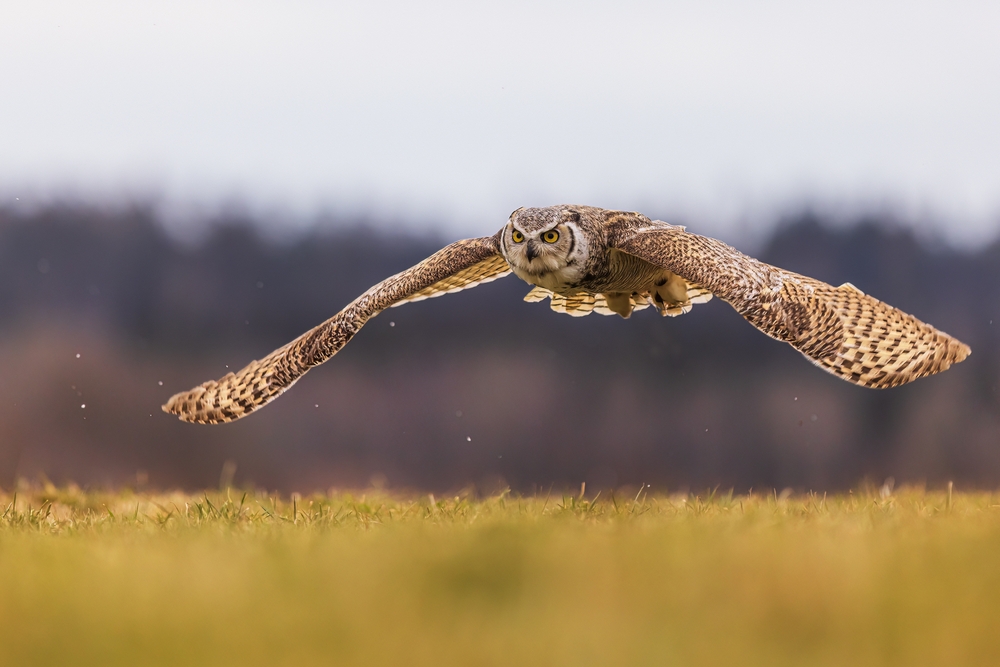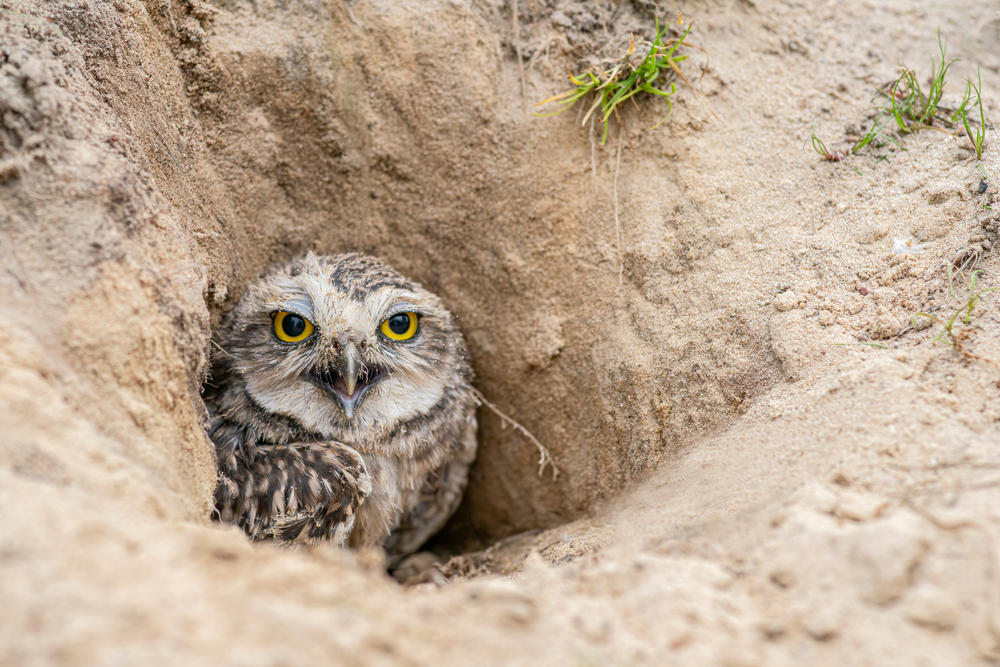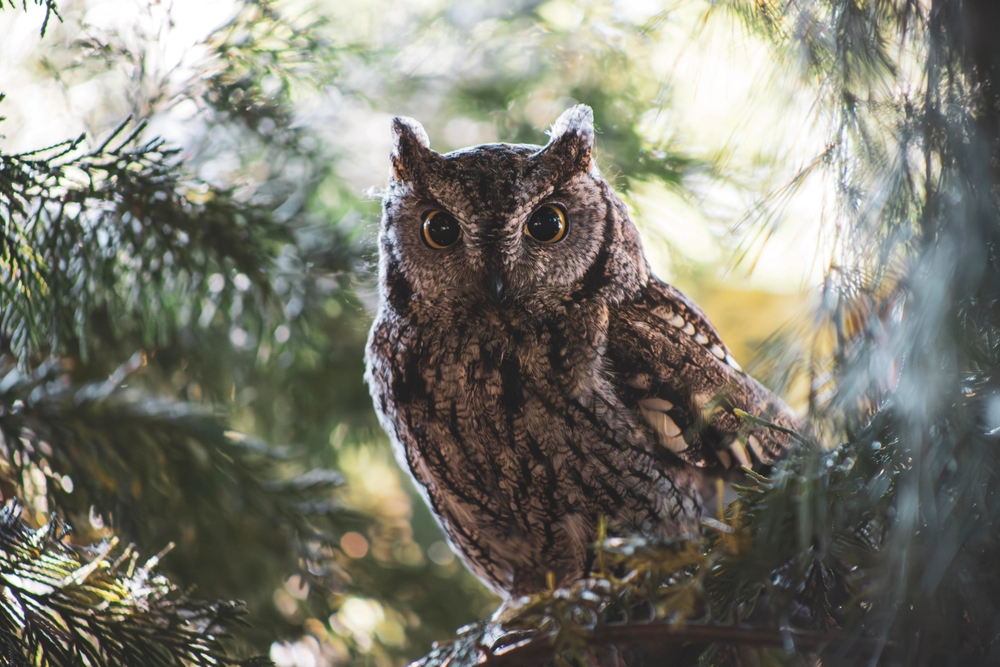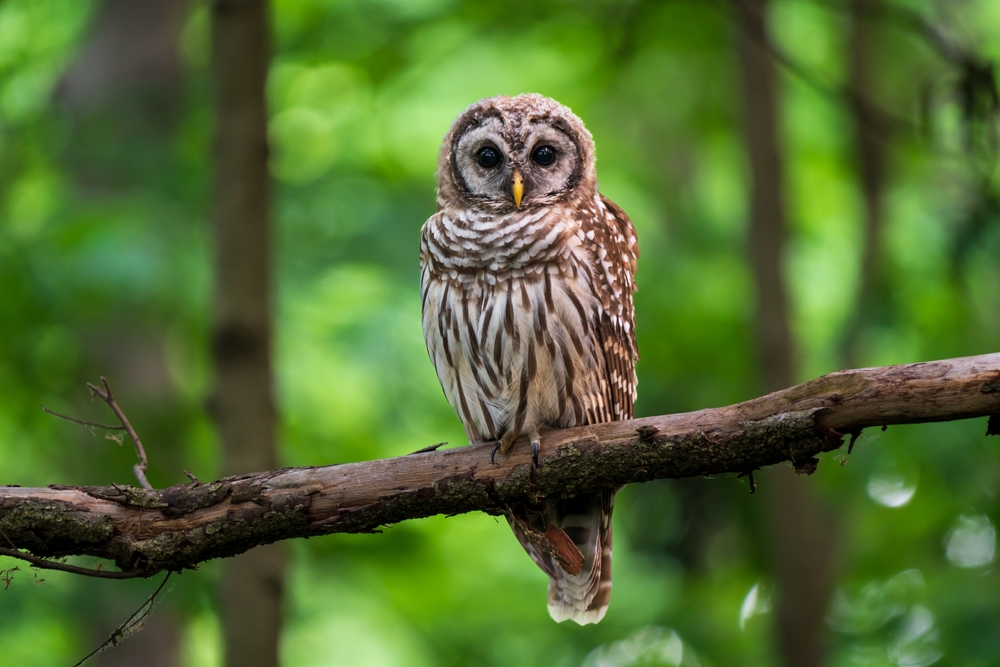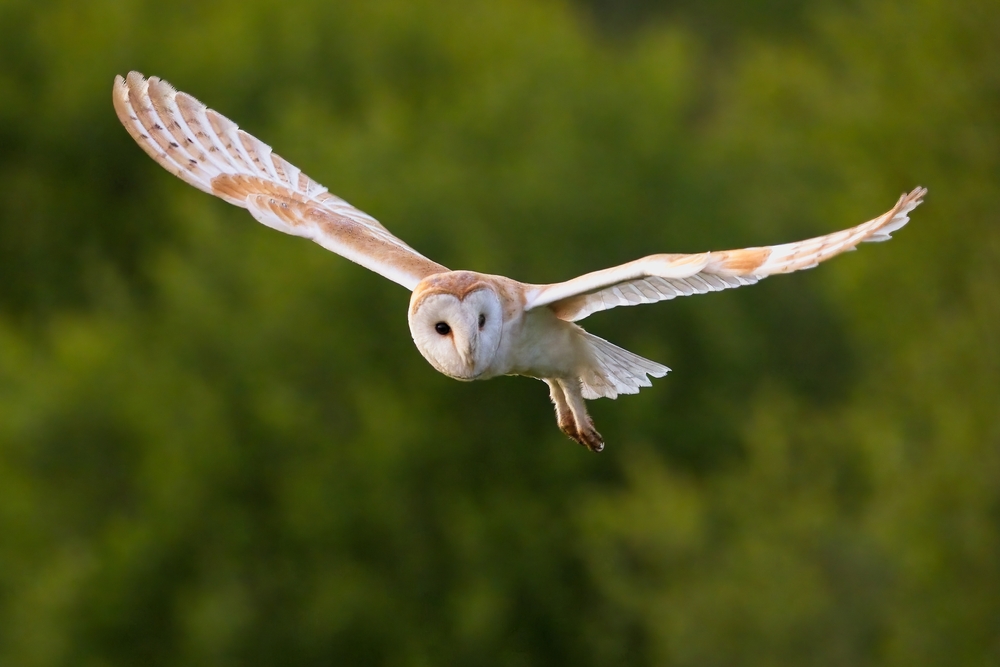The Northern Saw-whet Owl may be tiny, but it holds its own among the owl family with an impressive set of adaptations and behaviors. Here’s how it compares to other owls across key categories:
Size and Appearance
-
Northern Saw-whet Owl: One of the smallest owl species in North America, measuring just 7 to 8.5 inches in length, with no ear tufts and large yellow eyes.
-
Other Owls: Species like the Great Horned Owl and Snowy Owl are much larger, often over 20 inches in length. Screech owls are small too, but more muscular and with visible ear tufts.
✅ Unique Trait: Tiny and rounded, the Saw-whet’s disproportionately large eyes and compact frame make it look perpetually wide-eyed, unlike any other owl.
Activity and Behavior
-
Northern Saw-whet Owl: Strictly nocturnal, roosts silently in dense cover during the day, emerging at night to hunt.
-
Other Owls: Most owls are nocturnal, though some like the Burrowing Owl are diurnal or crepuscular.
✅ Shared Trait: Common with many owls, but Saw-whets are especially secretive, making them notoriously difficult to observe.
Habitat and Range
-
Northern Saw-whet Owl: Found in dense forests across North America, from Canada and Alaska to Mexico; also uses riparian corridors and can migrate through urban parks.
-
Other Owls: Habitat preferences vary widely—Barn Owls prefer open fields; Screech Owls like edge habitat; Snowy Owls inhabit the Arctic tundra.
✅ Unique Strength: Wide distribution and adaptability across different elevations and forest types make it surprisingly widespread for such an elusive bird.
Vocalizations
-
Northern Saw-whet Owl: Emits a rhythmic, high-pitched “toot-toot-toot” call that can resemble a sharpening saw or a backing-up truck.
-
Other Owls: Hooting (Great Horned Owl), screeching (Barn Owl), and trills (Screech Owls) are common.
✅ Distinctive Call: Its call is unmistakable and mechanical-sounding, quite different from the hoots and screams of larger owls.
Diet and Hunting
-
Northern Saw-whet Owl: Specializes in small rodents (e.g., deer mice), but also takes small birds, insects, and occasional amphibians.
-
Other Owls: Great Horned Owls can eat skunks and rabbits; Screech Owls take a mix of insects and small prey; Barn Owls primarily eat rodents.
✅ Efficient Predator: Despite its small size, the Saw-whet is a fierce hunter, able to take down prey close to its own body weight.
Reproduction and Nesting
-
Northern Saw-whet Owl: Cavity nester, often in old woodpecker holes or nest boxes; male may feed more than one female in boom years.
-
Other Owls: Many are also cavity nesters (e.g., Screech Owls), while some nest on cliffs (Barn Owls) or the ground (Short-eared Owls).
✅ Unique Behavior: Males sometimes support multiple nests simultaneously in rodent-rich years—rare for such a small species.
Migration
-
Northern Saw-whet Owl: Partial migrant, with northern populations heading south unpredictably each fall.
-
Other Owls: Many are non-migratory, though species like the Short-eared Owl and Snowy Owl are nomadic or migratory.
✅ Surprising Movement: Saw-whets turn up unexpectedly during migration, delighting banders and birders in the eastern U.S. and beyond.
Conclusion:
The Northern Saw-whet Owl is a tiny, elusive specialist, blending deep in the forests while living a life that few people ever witness.
Its haunting call, wide distribution, and impressive hunting ability despite its size make it one of the most charming and mysterious owls in North America. Compared to other owls, it’s a master of stealth, simplicity, and survival.




